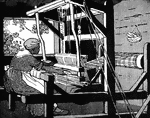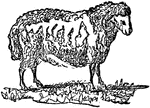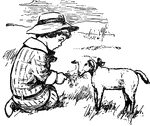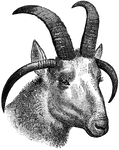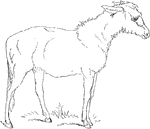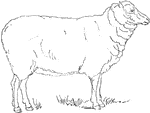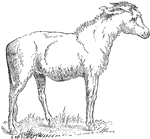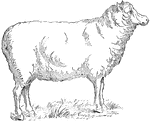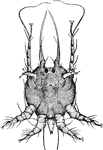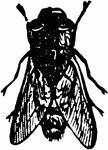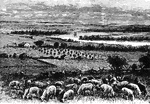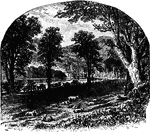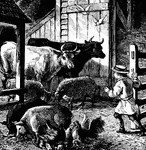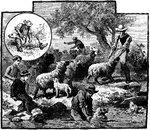
Knots and Splices
"Knots and splices include all the various methods of tying, fastening, and joining ropes or cords.…

Knots and Splices
"Knots and splices include all the various methods of tying, fastening, and joining ropes or cords.…

Knots and Splices
"Knots and splices include all the various methods of tying, fastening, and joining ropes or cords.…

Knots and Splices
"Knots and splices include all the various methods of tying, fastening, and joining ropes or cords.…

Knots and Splices
"Knots and splices include all the various methods of tying, fastening, and joining ropes or cords.…

Bacilli
"Bacilli, or Rod-Shaped Bacteria. From a culture obtained in antharax, or malignant pustule, of the…
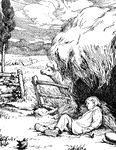
Under the Haystack
Little Boy Blue, come, blow your horn; The sheep's in the meadow, the cow's in the corn. "Where's the…

Little Bo-Peep
Little Bo-Peep has lost her sheep, And can't tell where to find them; Leave them alone, and they'll…
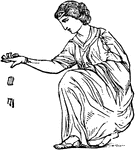
Talus
"Talus. The huckle-bones of sheep and goats were used to play with from the earliest times, principally…
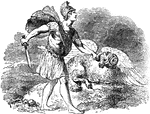
Phryxsus and ram
"When Phryxsus arrived in Colchis, he sacrificed his winger ram to Jupiter, in acknowledgement of the…
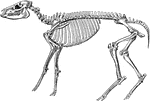
Skeleton of a mesohippus bairdi
"Skeleton of Mesohippus bairdi, the three-toed ancestor of our horse. This animal was about the size…
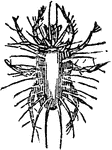
Harvest-tick
"The true ticks attach themselves parasitically to the bodies of various mammals, as sheep, oxen, dogs,…

Lynx
A genus of feline mammals, characterized by ears tufted at the tips, short tail, long fur, and comparatively…

Millet
A grass extensively cultivated in some sections of the United States for forage. There are numerous…

Musk Ox
An animal resembling an ox and a sheep, and regarded as a connecting link between those two classes…
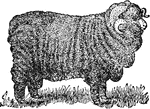
Sheep
An important and useful class of ruminant animals, which are closely allied to the goat, but differ…

Black-Faced Heath Sheep
"They are accordingly found on the mountainour parts of Yorkshire, Lancashire, Cumberland, and Westmoreland;…

Leicester Ram
"The Leicesters are the most important sheep to the country. They are more widely diffused in the kingdom…

Leicester Ewe
"The Leicesters are the most important sheep to the country. They are more widely diffused in the kingdom…

Romney Marsh Breed
"A distinct long woolled breed. They have been much modified by a large infusion of Leicester blood;…

King Henry and His Barons
King Henry was a builder of beautiful churches. Westminster Abbey, as it is now, was one. And he was…
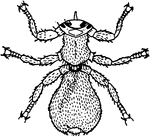
Sheep Louse
"A common dipterous insect, which feeds upon the blood of sheep and lambs."—Finley, 1917
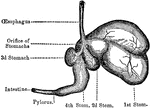
Sheep, Stomachs of
The four stomachs of the sheep, a grass-eating animal. The beginning of the intestines are also shown,…

Farm Border
A decorative border with a sleeping farmer while the cow stands on the pump and the sheep play cribbage.

Little Bo Peep And Sheep
Illustration of Little Bo Peep and sheep. It can be used to write mathematics story problems involving…

Sheep Skull
"Side view of sheep's skull. PMX., Premaxilla; MX., maxilla; NA., nasal; J., Jugal; L., lachrymal; FR.,…

